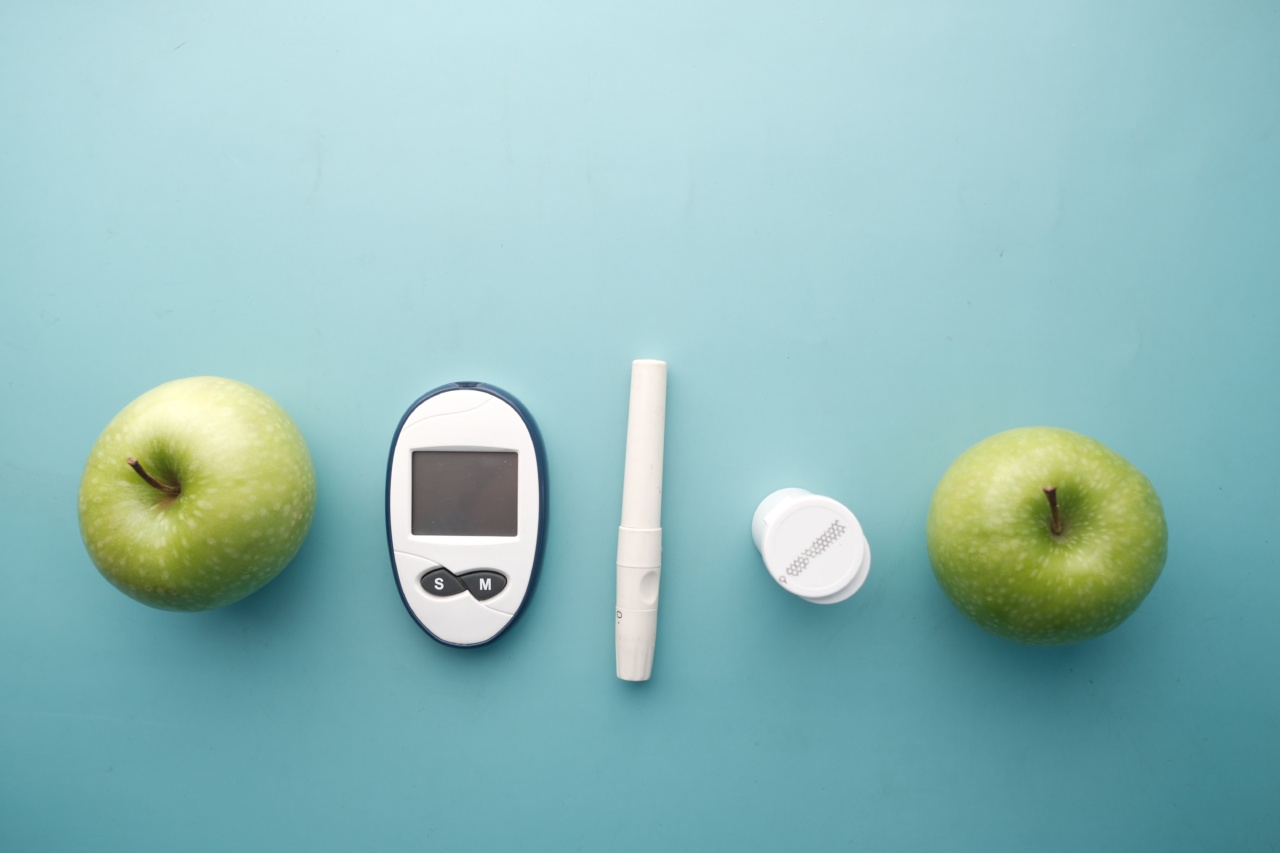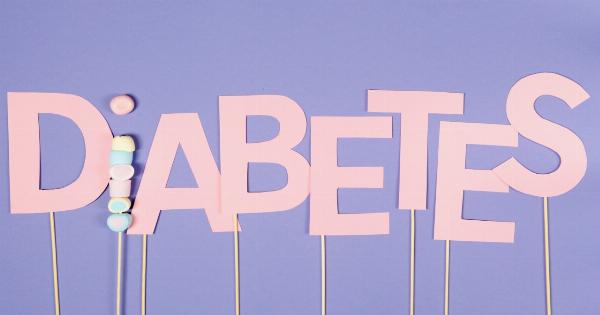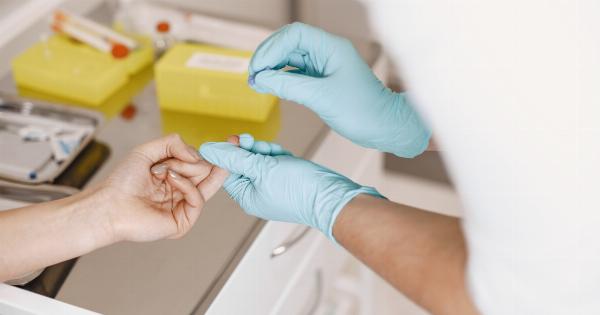Diabetes is a chronic disease that has affected millions of people worldwide. It is characterized by high levels of sugar in the blood, which can lead to a variety of complications, including nerve damage, kidney failure, and blindness.
While there is no cure for diabetes, there are many ways to manage it, including diet and exercise. One food that has been shown to have a positive effect on diabetes is the miracle fruit.
What is the Miracle Fruit?
The miracle fruit, also known as Synsepalum dulcificum, is a small berry native to West Africa. The fruit has been used for centuries by the local populations to sweeten food and drink.
The miracle fruit contains a unique protein known as miraculin, which binds to the taste buds on the tongue and alters their perception of taste.
When the fruit is eaten, it causes sour and bitter foods to taste sweet. This effect can last for up to two hours, making the miracle fruit a popular ingredient in sugar-free recipes and for people who want to reduce their sugar intake.
How Does the Miracle Fruit Affect Diabetes?
The effects of the miracle fruit on diabetes have been studied extensively. One study found that consuming the fruit before meals significantly reduced the postprandial (after-meal) glucose levels in people with type 2 diabetes.
The fruit was also shown to improve insulin sensitivity and reduce the risk of developing diabetic complications.
Another study found that the miracle fruit could help people with diabetes lose weight. This is important because being overweight or obese is a major risk factor for developing type 2 diabetes.
The study showed that consuming the miracle fruit before meals reduced caloric intake, leading to weight loss in participants.
How to Use the Miracle Fruit
The miracle fruit is available in several forms, including fresh fruit, freeze-dried powder, and tablets. Fresh fruit is the most potent form, but it can be difficult to find.
Freeze-dried powder and tablets are a more convenient way to consume the miracle fruit.
To use the miracle fruit, simply consume it before meals. You can eat the fruit whole or take a tablet or capsule. The effects of the fruit last for up to two hours, so it is important to consume it before meals to get the full benefit.
The Benefits of the Miracle Fruit for Diabetics
The miracle fruit has several benefits for people with diabetes:.
1. Reduces postprandial glucose levels
Consuming the miracle fruit before meals has been shown to significantly reduce postprandial glucose levels in people with type 2 diabetes.
This can help to prevent spikes in blood sugar levels, which can lead to complications such as nerve damage and kidney failure.
2. Improves insulin sensitivity
The miracle fruit has been shown to improve insulin sensitivity, which is important for people with diabetes. Insulin is the hormone that regulates blood sugar levels, and people with diabetes often have impaired insulin function.
By improving insulin sensitivity, the miracle fruit can help to regulate blood sugar levels and prevent complications.
3. Helps with weight loss
Being overweight or obese is a major risk factor for developing type 2 diabetes. The miracle fruit has been shown to help people with diabetes lose weight by reducing caloric intake.
This can lead to improved blood sugar levels and a reduced risk of developing complications.
4. Lowers the risk of diabetic complications
The miracle fruit has been shown to reduce the risk of developing diabetic complications such as nerve damage, kidney failure, and blindness.
By improving blood sugar levels and insulin sensitivity, the fruit can help to prevent these complications from occurring.
The Side Effects of the Miracle Fruit
The miracle fruit is generally considered safe for most people to consume. However, some people may experience side effects such as:.
1. Allergic reactions
Some people may be allergic to the miracle fruit. Symptoms of an allergic reaction may include itching, hives, and difficulty breathing.
2. Stomach upset
Consuming large amounts of the fruit may cause stomach upset, nausea, and diarrhea. It is important to consume the fruit in moderation.
3. Interference with medication
The miracle fruit may interfere with the effects of certain medications, including diabetes medications and chemotherapy drugs. If you are taking medication, it is important to speak to your doctor before consuming the fruit.
The Bottom Line
The miracle fruit is a safe and natural way to improve blood sugar levels and reduce the risk of complications for people with diabetes.
While it should not be used as a substitute for medication and a healthy diet, it can be an effective tool for managing the disease.




























